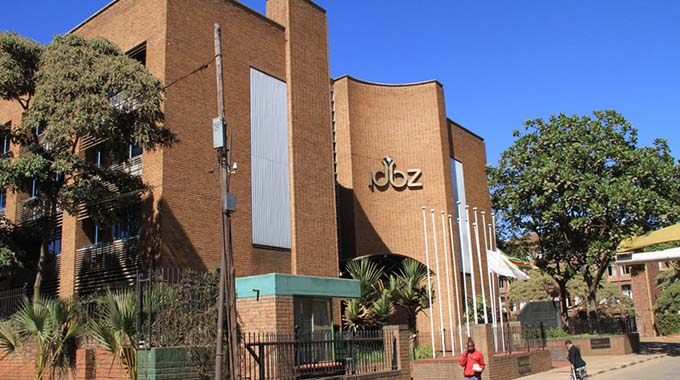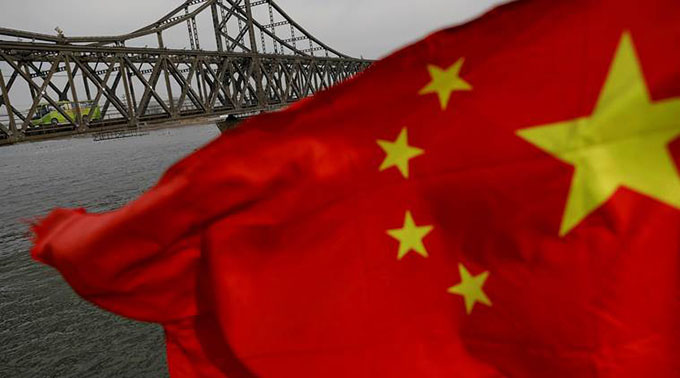IDBZ gets $150m capital injection

Business Reporter
The Government has injected $150 million equity capital into the Infrastructure Development Bank of Zimbabwe to help the institution discharge its mandate of providing long and medium term funding for key infrastructure projects.
The Government is the majority shareholder in IDBZ and it last injected $18 million as equity capital about two years ago. As part of the bank’s medium term strategy: 2016-2018; it is looking at reaching the capitalisation target of $250 million.
“Last week, the Government injected an additional $150 million equity capital into the Infrastructure Development Bank of Zimbabwe,” the bank said in a statement yesterday.
“The capital injection is testimony of the importance Government places on the role being played by the IDBZ in economic development and growth, and the improvement of the living standards of Zimbabweans through the development of infrastructure.
“A strong capital base for IDBZ will enhance its efforts in championing infrastructure development through high impact investments in energy, water and sanitation, information and communication technology and housing sectors.”
The bank’s interventions in these sectors include providing technical capacity building in project preparation, contract negotiations, implementation monitoring, resource mobilising and implementation, knowledge generation and sharing.
In six months to June this year, the bank spent $20 million on capital projects mostly in housing.
About $14,8 million was spent on Baobab, Kasese and Batonga projects in Kariba and $5,8 million on Empumalanga housing project in Hwange. IDBZ chief executive officer Thomas Sakala said the projects were expected to be completed this year.
The bank also approved a $10 million budget during the beginning of the year for land acquisition for various infrastructure development projects. The land investments are spread across the country in places such as Kanyemba, Plumtree, Lupane, Gwanda, Bulawayo, Masvingo, Kwekwe, Zvishavane, Marondera and Harare.
Land and properties worth $7,3 million have been purchased in readiness of already identified future development. In the past few years, the bank raised funds through issuance of bonds to partly finance the expansion of Kariba Power Station expansion and acquisition of prepaid meters. The bank also raised the funds required to complete the contraction of Tugwi Mukosi, the country’s largest inland dam.
“His Excellency, President Mnangagwa has set a clear vision of Zimbabwe becoming an upper middle-income economy (Vision 2030) and with the $150 million capital injected by Government, the bank will now play its catalytic role as an enabler of national growth and transformation, thus assisting the Government in meeting its policy objectives on infrastructure,” said the bank.
Zimbabwe has an estimated infrastructure backlog of $30 billion, according to the Africa Development Bank, after years of little investment into the sector. Between 2009 and 2016, the Government spent a total of only $2 billion on infrastructure projects, the amount analysts say should have been spent on an annual basis.
The huge debt overhang and arrears to the multi-lateral financial institutions, including the International Monetary Fund and the World Bank also made it impossible for the country to raise long term capital critical for infrastructure projects.
In the absence of balance of payments support from multi-lateral financial institutions, Zimbabwe has been operating on a tight budget, with the bulk of revenue going towards paying wages, leaving it with little or virtually no money for infrastructure.










Comments